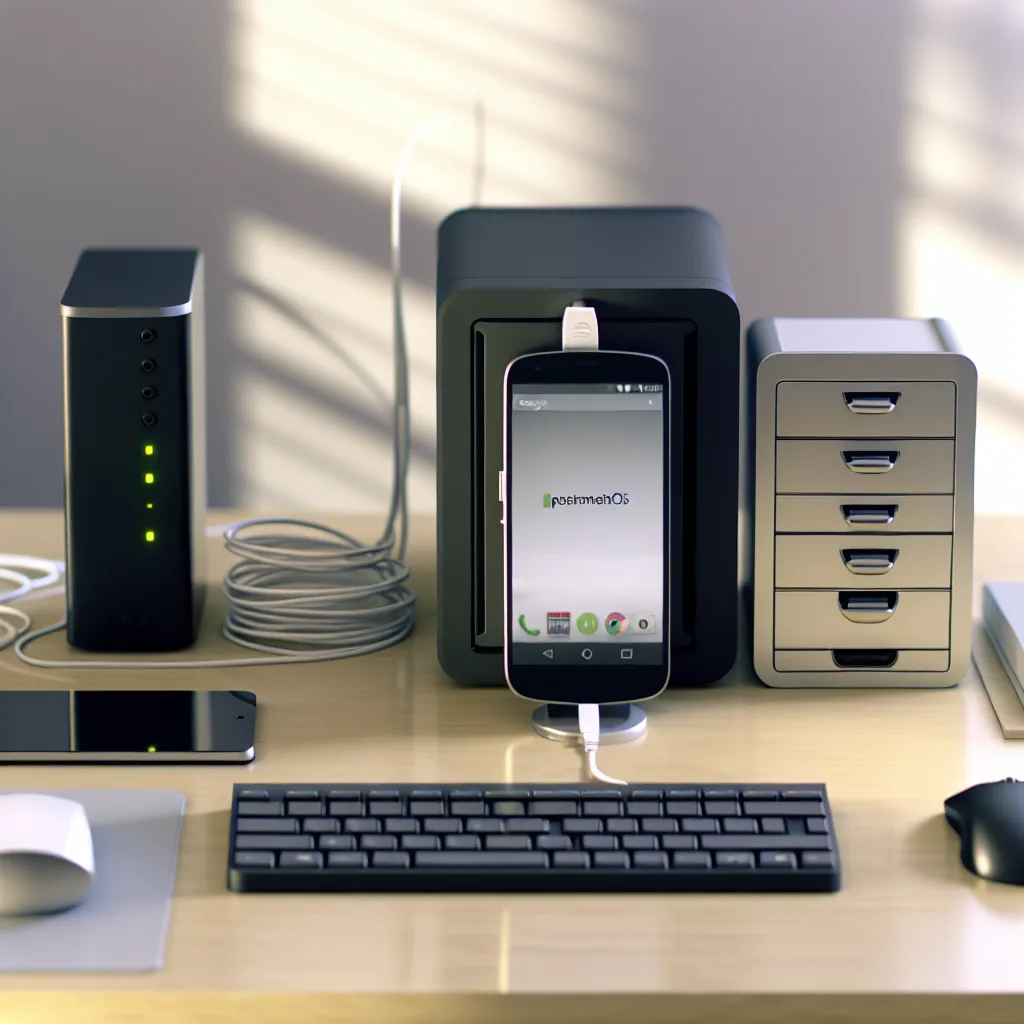How I’m Running a Homelab Server on a Snapdragon 660 Phone Using postmarketOS
If you’ve ever wondered whether you can run a homelab server setup on an old smartphone, I’m here to share what I’ve been experimenting with lately. It’s surprising what you can do with a little patience and some lightweight software. I repurposed an old Snapdragon 660 phone to serve as a mini homelab server, running postmarketOS alongside some essential tools to explore just how much power can be squeezed out of it.
Why Use an Old Phone for a Homelab Server Setup?
We tend to think of homelab servers as bulky desktop rigs or dedicated hardware, but really, even a modest phone can get the job done for small tasks. My Snapdragon 660 phone has 8 Kryo cores, 2.6 GB of usable RAM, and about 21 GB of free storage—enough for a lightweight server environment. Phones like these are incredibly energy-efficient and compact, which can be a real plus if you want a server that doesn’t take much space or power.
Setting Up postmarketOS and k3s
postmarketOS is an awesome Linux-based OS designed for phones, aiming to breathe new life into older devices. I installed version 25.06 on my phone, which gave me a minimal and flexible environment to work with. Then, I added k3s—a lightweight Kubernetes distribution—which lets me run containerized services without the overhead of a full Kubernetes cluster.
For monitoring, btop is my go-to tool. It’s a terminal-based system monitor that gives me a quick glance at CPU load, memory consumption, and network usage. Remote access is handled through SSH, so I can manage my little server from anywhere.
What Can You Run on This Setup?
Right now, I’m running:
– k3s server with a few lightweight services
– gnome-software for some graphical package management
– udiskie for automounting USB drives
But the plan is to experiment further. I’m considering using it as:
– A node in a lightweight k3s cluster
– A small file server for personal backups and files
– A device to run some simple stock analysis scripts, tapping into the phone’s always-on nature
Tips for Optimizing a Low-RAM, ARM-Based Homelab Server Setup
If you want to try something similar, here are a few tips that have helped me:
– Keep services minimal and lightweight. Avoid heavy, resource-hungry applications.
– Use monitoring tools like btop to keep an eye on your resource usage.
– Consider ARM-optimized software where possible to get the best performance.
– Manage storage carefully—phones often have limited space.
Final Thoughts on Using Phones for Homelab Servers
Turning an old smartphone into a homelab server setup is an interesting challenge. While it’s not going to replace a high-powered home server, it’s perfect for lightweight tasks, edge computing, or just a fun project. Plus, it’s a great way to reuse hardware that might otherwise be gathering dust.
If you want to dive deeper into postmarketOS, check out their official website. And for the k3s setup, Rancher Labs offers great documentation at k3s.io. For those interested in system monitoring, btop’s GitHub page is a useful reference.
So, if you have an old phone lying around, why not give it a shot? You might be surprised how handy it can be as a homelab server setup.
